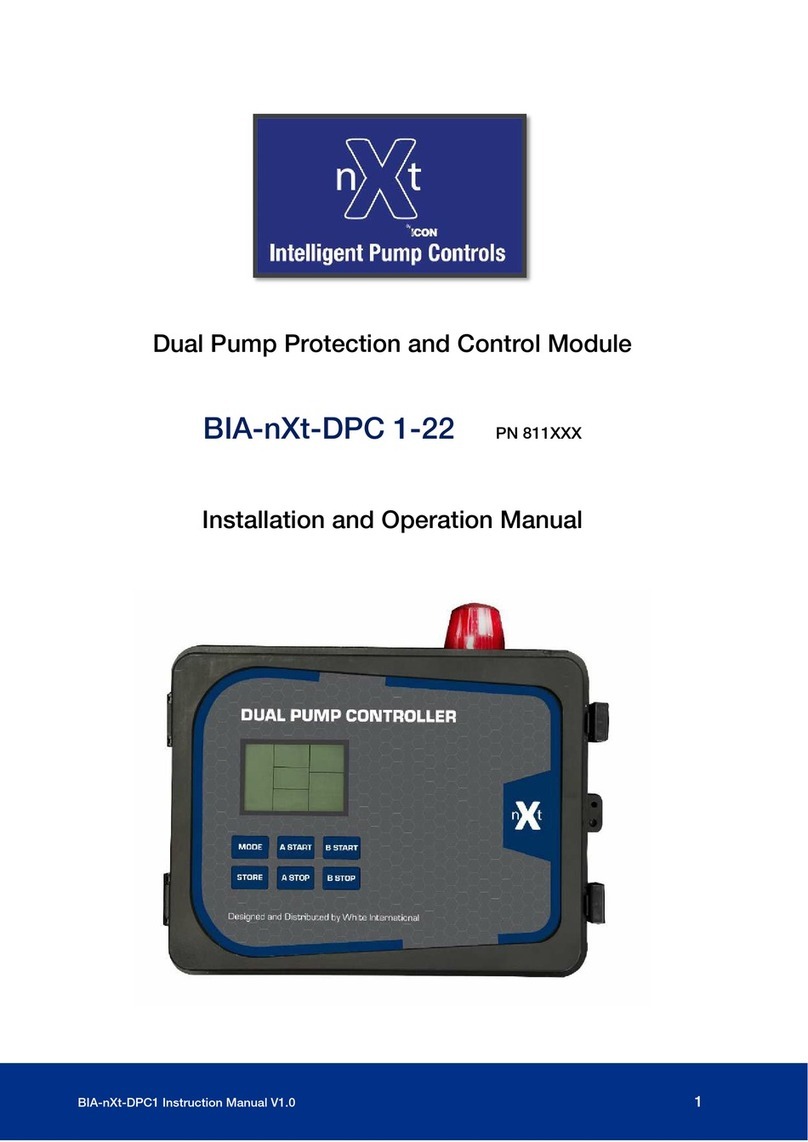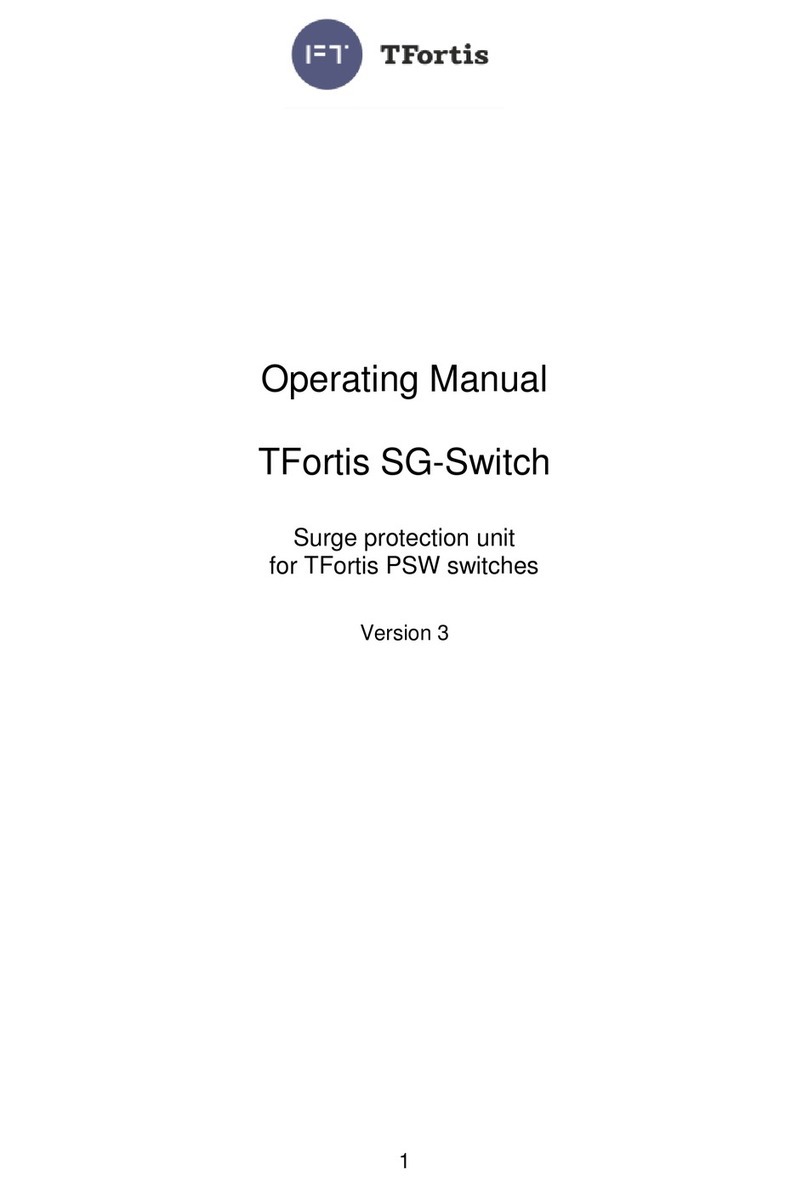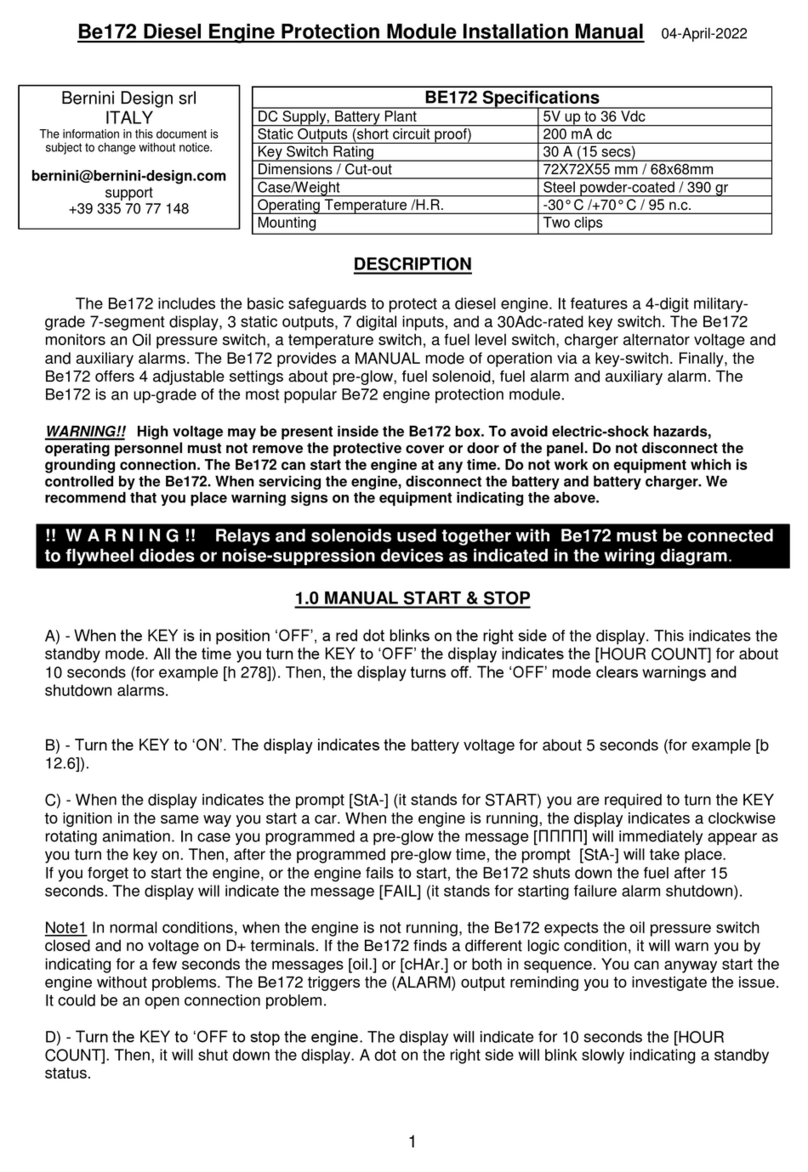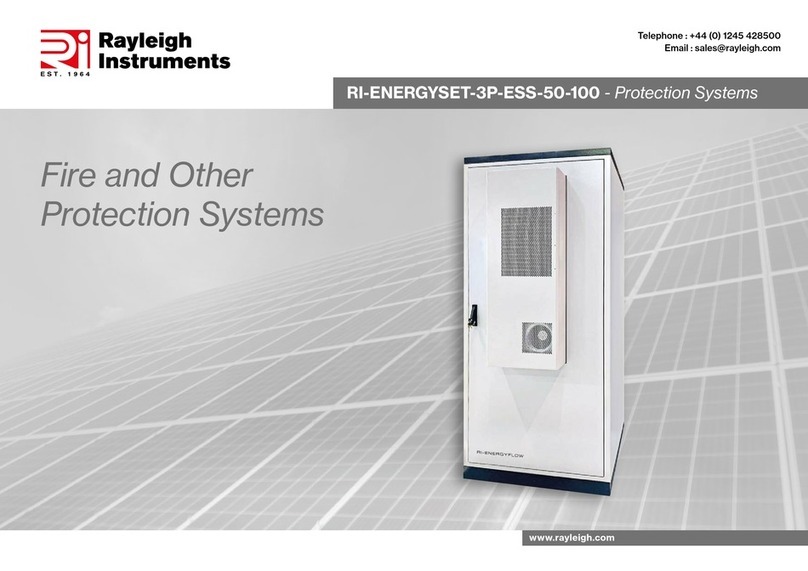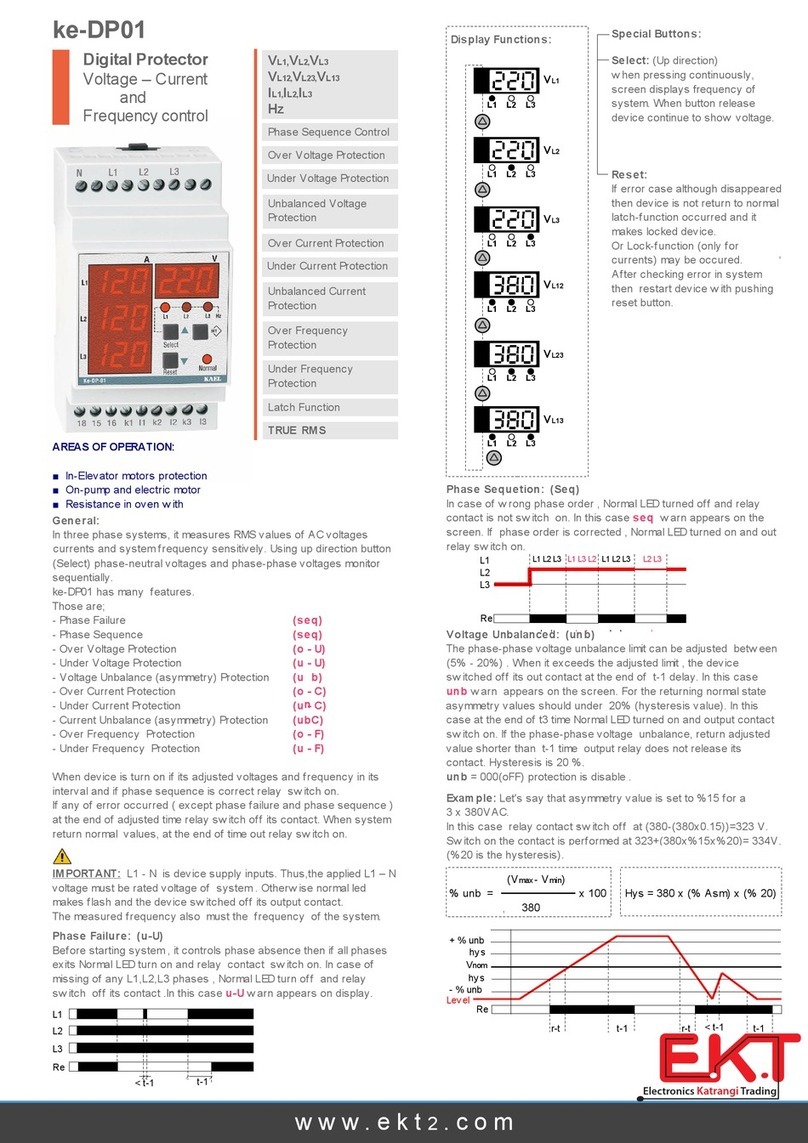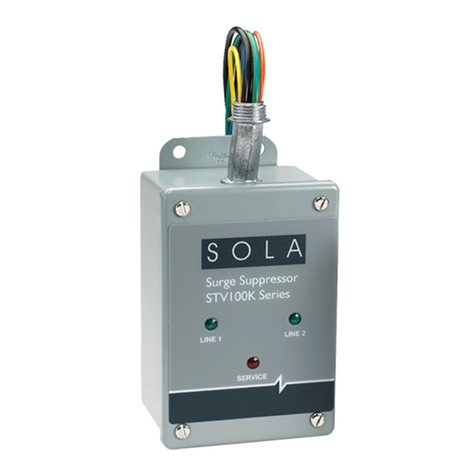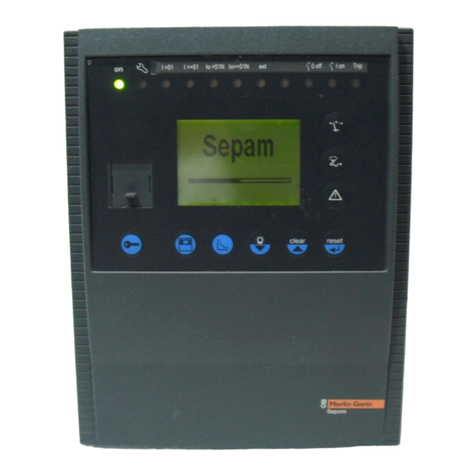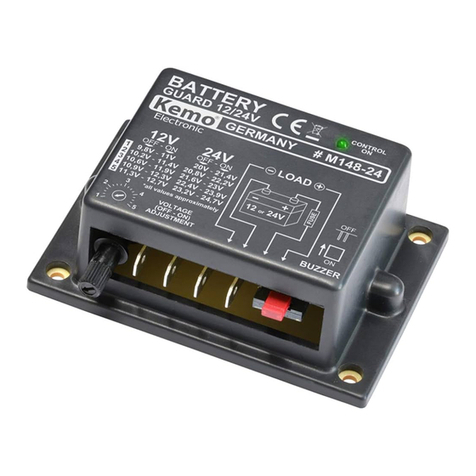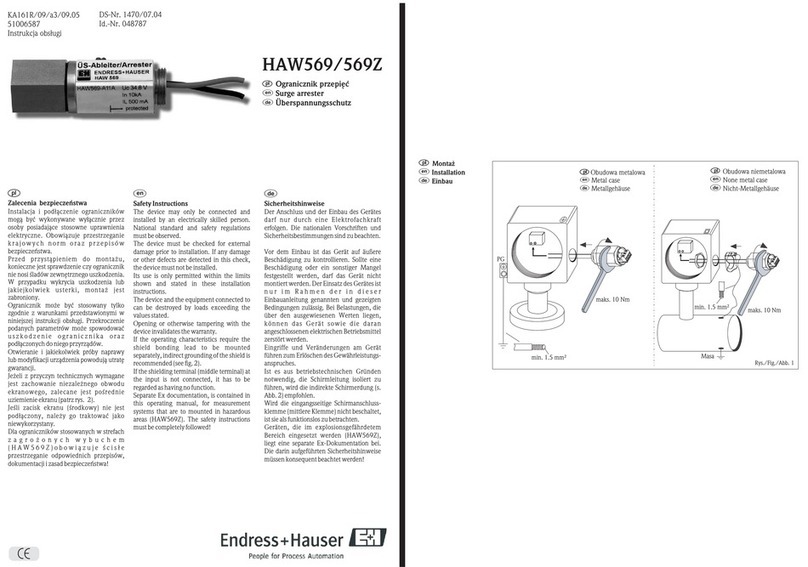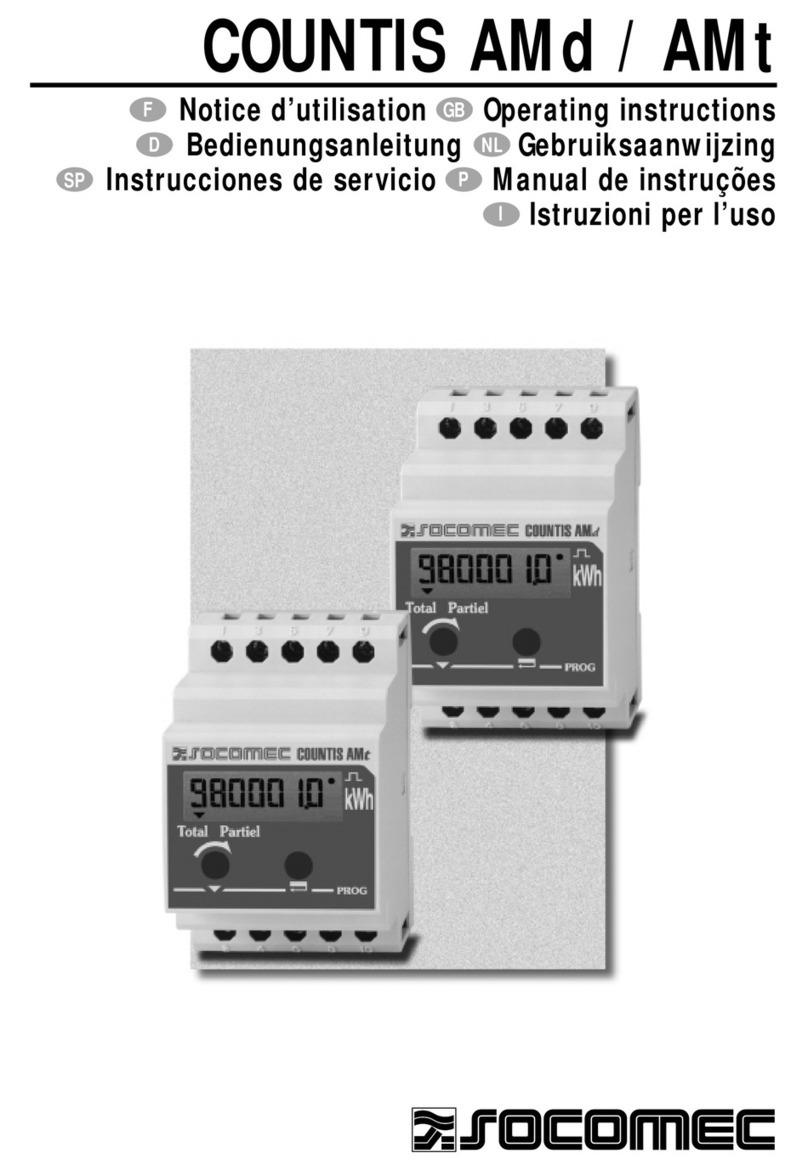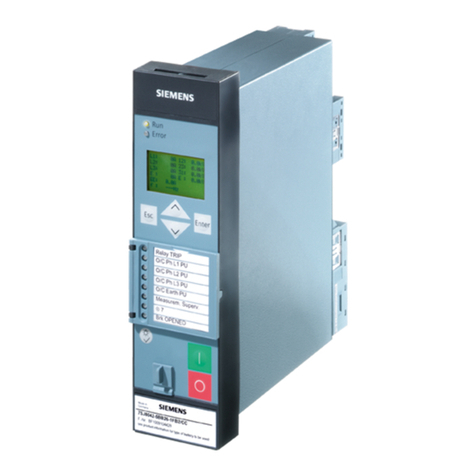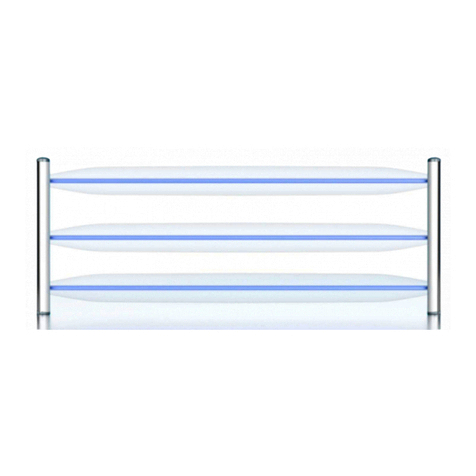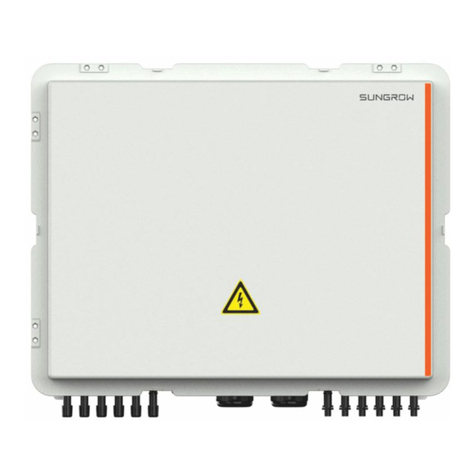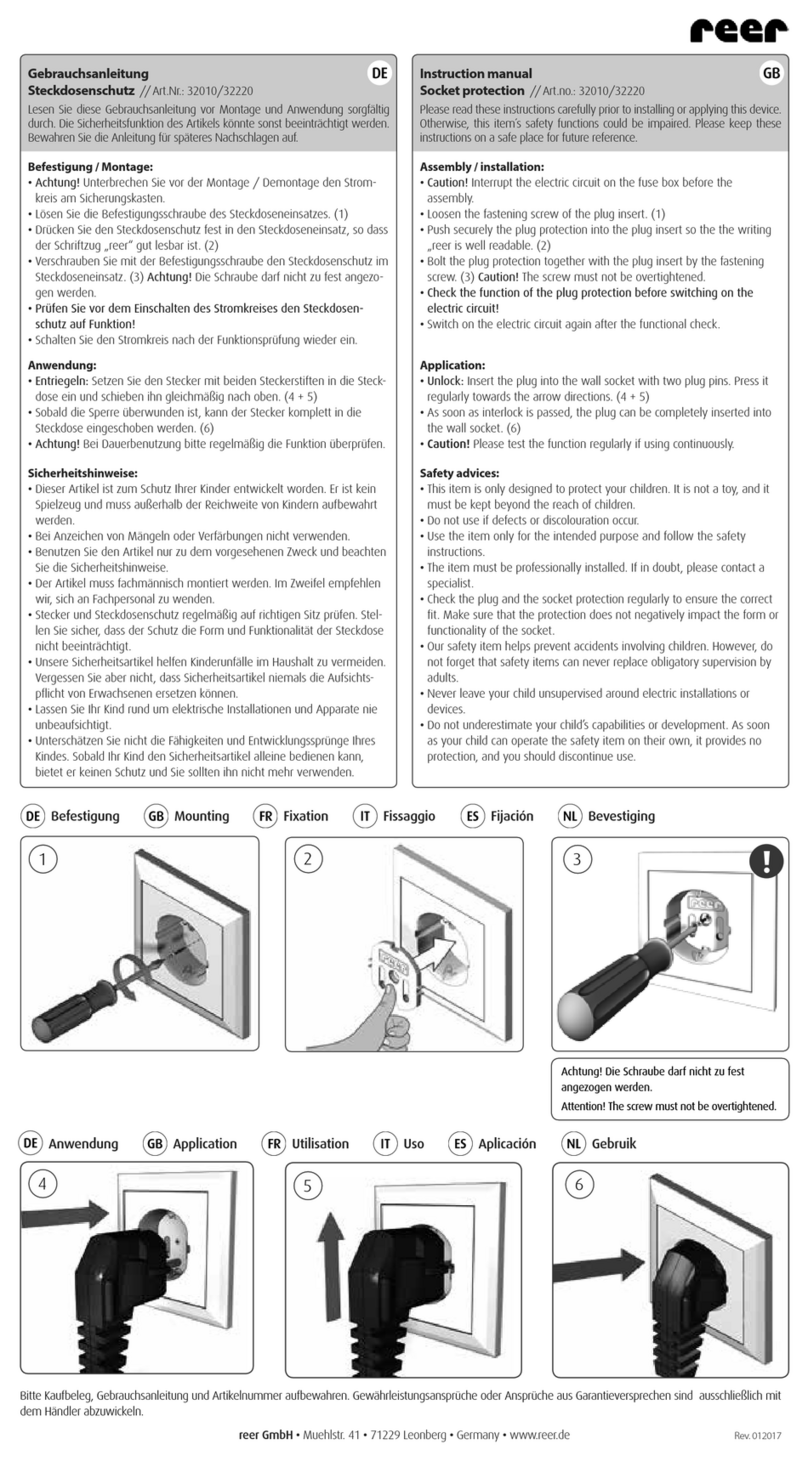
Instruction manual –AP901 Arc Protection Unit 3 (39)
A1017B
TABLE OF CONTENTS
1ABBREVIATIONS ............................................................................................................. 5
2GENERAL......................................................................................................................... 6
2.1 Arc protection unit AP901 features........................................................................... 6
2.2 Simplified block diagram .......................................................................................... 8
3OPERATION AND CONFIGURATION.............................................................................. 9
3.1 LED indicator functions ............................................................................................ 9
3.2 LED Operation Quick Guide................................................................................... 10
3.3 Push-button description.......................................................................................... 11
3.3.1 Auto configuration (system setup)..................................................................... 11
3.4 Reset ..................................................................................................................... 11
3.5 Dipswitch settings .................................................................................................. 12
3.5.1 Scheme select dip-switch settings .................................................................... 14
3.6 Non-volatile memory .............................................................................................. 16
4ARC SENSORS .............................................................................................................. 17
4.1 Sensor Type Dependencies ................................................................................... 17
5SYSTEM SELF-SUPERVISION ...................................................................................... 18
6APPLICATION EXAMPLES ............................................................................................ 19
6.1 MV or LV application with current and light condition.............................................. 19
6.2 Wind-power application example (light only condition) ........................................... 21
6.3 Circuit breaker failure protection (CBFP)................................................................ 23
7CONNECTIONS.............................................................................................................. 24
7.1 Outputs .................................................................................................................. 25
7.1.1 Trip relays T1 and T2........................................................................................ 25
7.1.2 Trip relays T3 and T4........................................................................................ 25
7.1.3 Binary output BO1 ............................................................................................ 25
7.1.4 System failure relay SF..................................................................................... 26
7.2 Inputs ..................................................................................................................... 26
7.2.1 Arc sensor channels S1, S2, S3, S4 and S5..................................................... 26
7.2.2 Binary inputs BI1 and BI2 ................................................................................. 26
7.3 Auxiliary voltage..................................................................................................... 27
8WIRING DIAGRAM ......................................................................................................... 28
9DIMENSIONS AND INSTALLATION............................................................................... 29
10 TESTING ........................................................................................................................ 31
